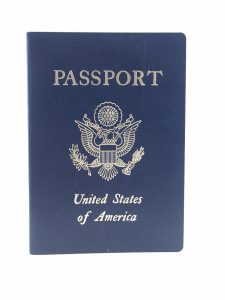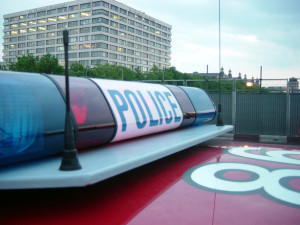 In a recent decision – Commonwealth v. Martinez – the Supreme Judicial Court applied the holding of Nelsonv. Colorado, 137 S.Ct. 1249 (2017) and “provide[d] guidance to trial courts and litigants regarding the repayment [to a defendant] of probation fees, victim-witness assessments, restitution, fines, forfeitures, and court costs after a conviction has been invalidated.”
In a recent decision – Commonwealth v. Martinez – the Supreme Judicial Court applied the holding of Nelsonv. Colorado, 137 S.Ct. 1249 (2017) and “provide[d] guidance to trial courts and litigants regarding the repayment [to a defendant] of probation fees, victim-witness assessments, restitution, fines, forfeitures, and court costs after a conviction has been invalidated.”
The background was as follows. In Nelson, “the United States Supreme Court held that ‘[w]hen a criminal conviction is invalidated by a reviewing court and no retrial will occur,’ the State is required under the due process clause of the Fourteenth Amendment … ‘to refund fees, court costs, and restitution exacted from the defendant upon, and as a consequence of, the conviction.’ There can be no doubt that, because of this controlling authority, Massachusetts courts are required to order” such refunds after the invalidation of a defendant’s conviction. In the present cases, defendants Martinez and Green sought refunds … after their drug convictions were vacated and their indictments were dismissed with prejudice pursuant to Bridgemanv. District Attorney for Suffolk Dist., 476 Mass. 298 (2017), because the convictions were tainted by the misconduct of [state drug laboratory chemist] Annie Dookhan.” The two cases “present ten reported questions regarding the scope and application of the due process obligations established in the Nelsondecision. [The SJC] reformulated the reported questions into three broader questions.”
In its decision, the SJC “address[ed] each of the reformulated reported questions.” Question 1: “What is the scope of the due process obligation to refund money paid by a defendant ‘upon, and as a consequence of’ a conviction that has been invalidated?” Response to question 1: (a) Probation fees. “Here, all of the counts for which both defendants were sentenced to probation have been invalidated. As a result, all paid probation fees [under G.L. c.276, §87A] must be refunded.” (b) Victim-witness assessments. “As with probation fees, … the victim-witness assessment [paid] under G.L. c.258B, §8,” must be refunded. (c) Restitution. “Due process requires the refund of restitution.” “Because the restitution here was paid [by Martinez] to the Haverhill police department and has been repaid, we need not decide whether Nelsonrequires the Commonwealth to refund restitution paid by a defendant as a consequence of an invalidated conviction where the restitution was paid not to the Commonwealth, but to a private victim.” (d) Fines. “Green is … entitled to a refund of fines and surfines” that she paid as part of her sentence. (e) Forfeiture. “Green is not entitled to return of … forfeited funds because forfeiture … ‘is outside the scope of the criminal matter and constitutes a civil proceeding.’ Commonwealthv. Brown, 426 Mass. 475, 480 (1998).” Continue reading →
 The Supreme Judicial Court affirmed the defendant’s conviction of deriving support from prostitution in Commonwealth v. Brown, ruling that the statute (G.L. c.272, §7) is not unconstitutionally vague. The Court also ordered modifications to the model jury instructions for use in future prosecutions.
The Supreme Judicial Court affirmed the defendant’s conviction of deriving support from prostitution in Commonwealth v. Brown, ruling that the statute (G.L. c.272, §7) is not unconstitutionally vague. The Court also ordered modifications to the model jury instructions for use in future prosecutions. Massachusetts Criminal Lawyer Blog
Massachusetts Criminal Lawyer Blog









